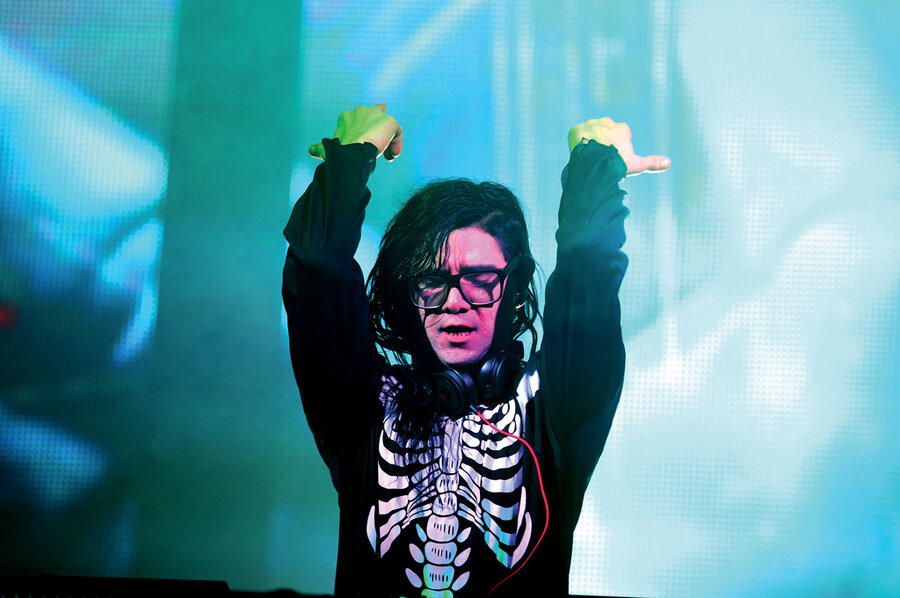The rise of the DJ culture
Dance club DJs have long led the way in introducing new sounds in electronic music with pulsating rhythms, white noise, and visual effects such as strobe lighting. Some DJs are so successful in their art that they develop followings as they move from club to club. But lately, DJs have helped to catapult manipulated dance music into the mainstream – filling stadiums instead of the hidden warehouses of "rave" parties of the 1990s. No longer a countercultural phenomenon, electronic dance music (EDM) has become big business. Very big business.
Consider for example Swedish House Mafia – a trio of DJs armed only with turntables and giant speakers. In 2012, as the third-highest-paid DJ act they raked in $14 million and became the first electronic music group to play New York's Madison Square Garden. During the opening ceremonies for London's 2012 Olympic Games, it was the music of Lincoln Barrett, a British DJ by the name High Contrast, that spurred the athletes' parade.
Spinning records and manipulating sounds to come up with original music has appeal among musicians, too. Filip Nikolic, who has toured in DJ duo Guns 'n' Bombs in addition to playing with the live band Poolside, attributes EDM's recent boon to economic factors, citing the relatively low overhead of a DJ performance. With one or two DJs and minimal equipment, the lion's share of the profit is passed on to the performers.
"Since you're only one or two people, you get catered for so much better," says Mr. Nikolic. "They'll pay for your travel, you get really nice hotel rooms, and you go to the best restaurants."
As DJs have proved themselves as legitimate superstars, industry recognition has followed. Now popular enough to warrant its own category at the MTV Video Music Awards, dance music's hypnotic beats and synthesizers have stealthily infiltrated pop culture. Last year, Skrillex won three Grammys, Kaskade caused a riot by offering a free concert via Twitter, and the 2012 Electric Daisy Carnival (North America's première EDM event) hosted more than 300,000 fans at the Las Vegas Motor Speedway.
None of this surprises Alan Palomo, who DJs and performs live with the indie band Neon Indian.
"It's the nature of how music proliferates," he muses. "It starts in one circle and becomes this expanding Venn diagram of people who are into it.... To see it completely ... shape the cultural landscape is really bizarre."





